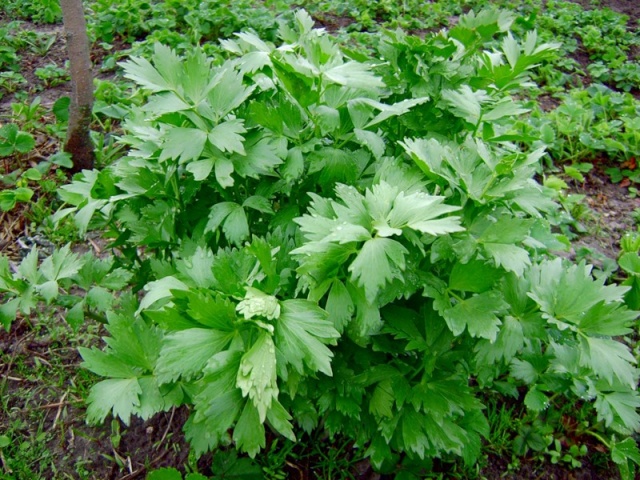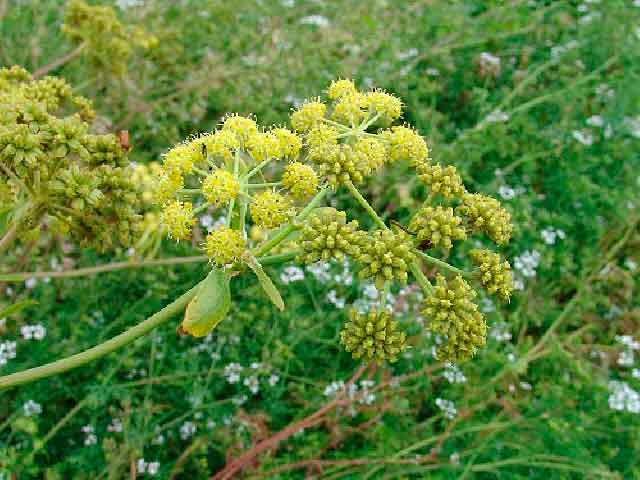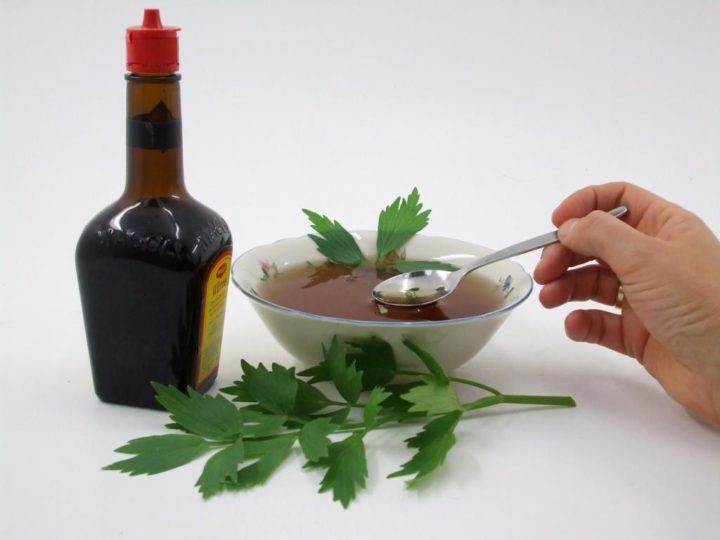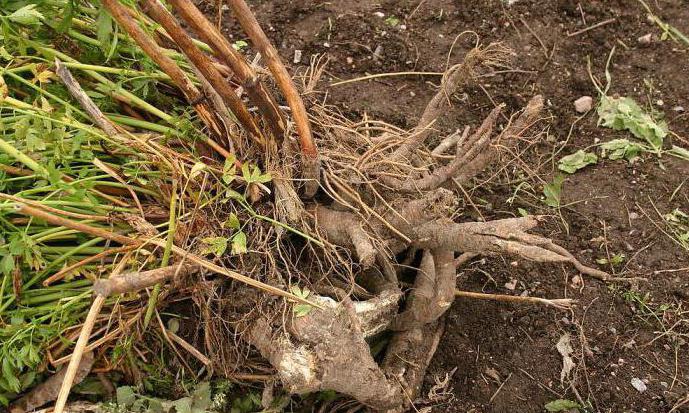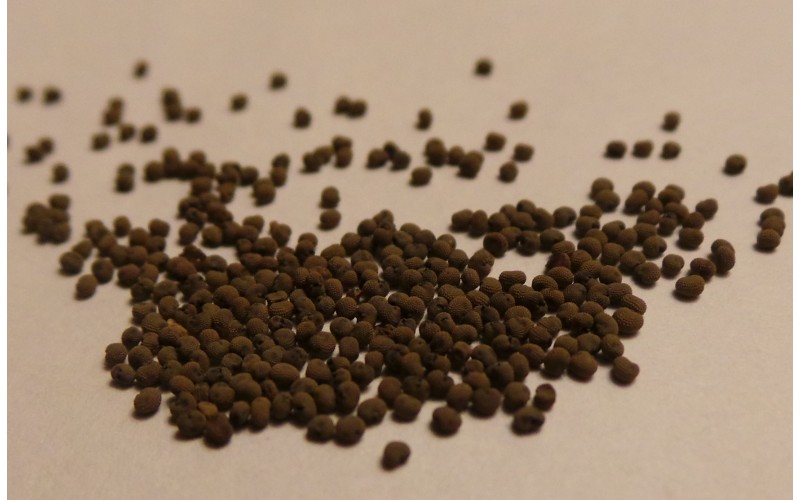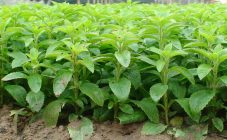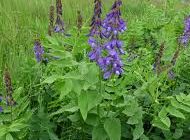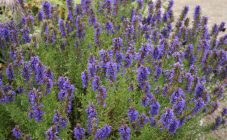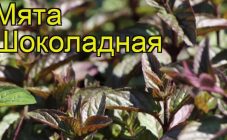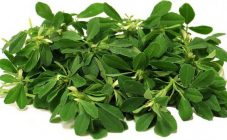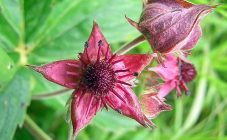Content:
Lovage herb is a perennial with a lot of medicinal properties, nicknamed in the common people like herb, mountain or winter celery, lovage, dawn, love or love potion, lover, piper. And these are far from all the names that the plant is called. Lovage is the only representative of the genus Lovage of the Umbrella family.
Description of the plant
Lovage has a thick root with branches. According to some sources, the roots of the plant are poisonous before the flowering phase.
The main stem is high, about 1-2 m, erect, glabrous, with an empty middle, juicy. Closer to the apex, it divides, forming processes.
The foliage is dark green, glossy, feather-shaped. The leaf lobes are slightly incised, rhombic or obovate.
Lovage inflorescences are complex umbrellas about 12 cm in diameter, formed by a collection of small, yellow flowers. The inflorescences are surrounded by small, crowded, adjacent leaves (wrappers or envelopes). Blooms in early summer, flowering continues until the end of August.
The fruit has an oval-elliptical shape, flattened on the back, with thickened winged ribs. Inside there are two seeds of a brown-yellow color. The fruits ripen after the grass has bloomed - at the end of August - September.
The leaves initially have a sweetish flavor, which eventually takes on a bitter taste.
Distribution zones
Afghanistan and Iran are considered the birthplace of the plant. But nowadays lovage greens are acclimatized and cultivated all over the world. It is widely distributed in the territories of countries that were previously part of the USSR: Ukraine, Moldova, in all Russian regions, etc.
Features:
The lovage grass is unassuming to the surrounding conditions. It prefers to grow on fertile, loamy soils, rich in useful trace elements.
It does not need constant sunlight, it feels great in shaded areas, and it is even preferable to keep the pre-root part in the shade rather than in the sun.
Lovage has good cold and dry weather resistance.
Application of lovage herb
Use in cosmetology
The herb is used to give strength and health to hair, from hair loss.
Also for the treatment of dermatological diseases and their consequences, ulcers and wounds on the skin.
There are known recipes for tinctures based on the herb lovage, which are suitable for removing freckles.
Cooking applications
Due to its fragrant aroma, spicy taste and pungent aftertaste, lovage is eaten.
It is mainly used as a spice that adds spice to dishes. In this case, all parts of the plant are used, even the roots.
But in addition to seasoning, lovage herb is also used as a tea infuser, an ingredient for salads, and jam is also made from it.
Lovage in medicine
Lovage has a huge number of useful properties, thanks to which it is used in pharmacology.
Medicinal herb:
- mutes pain;
- has a calming effect;
- improves heart function;
- tones the body;
- eliminates spasms and foci of pain;
- has a diuretic effect;
- removes phlegm from the respiratory tract;
- increases appetite;
- eliminates intestinal colic and bloating;
- inhibits the formation of sand and kidney stones, increases the rate of their excretion;
- helps with diseases of bones and joints;
- increases sexual activity.
Contraindication: it is worth refraining from use for children, pregnant and lactating mothers, as well as people with pyelonephritis and glomerulonephritis. Using the herb for hemorrhoids can lead to undesirable consequences.
Planting and leaving
Reproduction occurs in three ways: by dividing the bush, by seeds, cuttings.
The seed is placed in open ground in the spring, after the snow has melted and the soil has warmed up. Or they are grown as seedlings.
When the newborn shoots have grown slightly, they should be thinned out, leaving a distance of about 0.5 m between the units. Rows should be located 0.7 m from each other.
The division of lovage is also carried out in the spring, the largest bushes reproduce.
The last method of planting is carried out by cutting cuttings with 2-3 leaves from large, hard stems. These cuttings are then planted in wet sand. They quickly grow roots, after which they are transplanted into the substrate.
The plant needs moderate watering throughout the season. Lovage does not tolerate both drought and excess moisture. Get rid of weeds and loosen the soil as needed. Lovage should be fertilized twice a summer with mineral dressings.
Blank
Subject to procurement:
- Root system.
It is best to use the roots of a two or three year old plant. The collection should be carried out in the fall after the inflorescences have faded and the fruits are ripe. After digging, rinse thoroughly, wipe dry, cut into small pieces, dry by placing in a shaded, ventilated place. - Grass.
Shoots are harvested during the summer, during the flowering period. A freshly harvested plant is used as an ingredient for the salad, while the peduncles are removed. In other cases, the herb is dried and stored in paper bags, fabric bags, tin or glass jars. - Seeds.
They are harvested for further planting after they ripen. The collection period is September - October.
Susceptibility to disease and harmful insects
If the petioles and leaves began to look sick, covered with yellow and brown marks with black dots in the center, this is evidence that the plant is sick with septoria. Over time, the leaves will die off and the lovage will die. To prevent this disease, you should monitor the moderation of watering, avoid waterlogging and stagnant water.
Yellowing and drying leaves can signal that a carrot fly has attacked the root system. Also, lovage is attacked by aphids and snails.To protect the plant, the root area should be covered with ash, and a granular phosphorus dressing should be placed on top of it.
Lovage is a valuable plant that is useful in everyday life. Its beneficial properties will help to cure a large list of diseases, and the seasoning from this herb will give dishes a unique taste.
